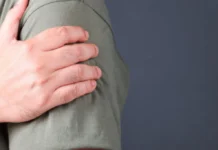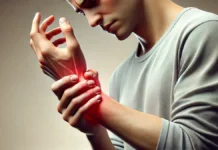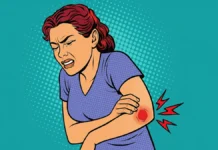The tendon provides intermittent stabilization to the joint and allows for short range joint movement. Tendonitis occurs when there are excessive demands for movement and the tendon becomes inflamed or irritated.
Cause
The tendon provides intermittent stabilization to the joint and allows for short range joint movement. Tendonitis occurs when there are excessive demands for movement and the tendon becomes inflamed or irritated.
Contributing factors
- Muscle imbalances
- Poor biomechanics
- Lack of flexibility
- Chronic degenerative changes of the tendon
- Poor blood supply to the tendon
- Inappropriate equipment
- Training errors.
Classification
- Grade 1: Tendonitis has pain only after the activity;
- Grade 2: The tendonitis corresponds to a pain at the beginning of the activity which disappears during the activity then returns after the activity;
- Grade 3: Tendonitis has pain at the start of activity, during activity and after activity. The pain may restrict activity.
- Grade 4: Tendonitis presents with pain during activities of daily living. Pain continues to worsen
Symptoms
Acute
- Progressive onset, with local tenderness in the tendon, one or two days after activity.
- Initially, the pain decreases with renewed activity. This evolves into pain during activity as the severity increases.
- Microtearing occurs with the formation of adhesions as the tendon attempts to heal. Repetitive use tears these new adhesions, causing more
- inflammation and a cycle of injury.
♦ There is a decrease in the range of motion of the affected muscle.
Chronic
- Pain occurs during and after activity.
- Chronic inflammation, fibrosis, and adhesions are present.
- Swelling or chronic thickening may be present if the tendon is sufficiently superficial, as in the Achilles tendon.
- Crepitus may be present.
- Decreased range of motion and strength.
- Flare-ups to the acute stage may occur with repeated overuse.
- Tendon may degenerate to the degree that tendon rupture occurs.


























